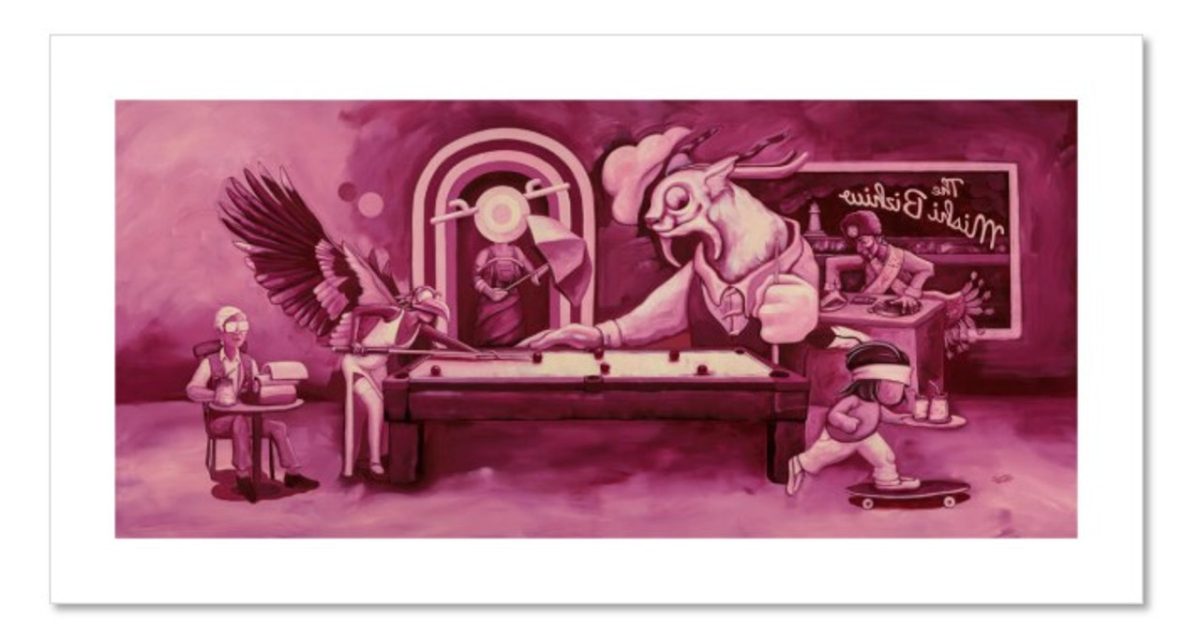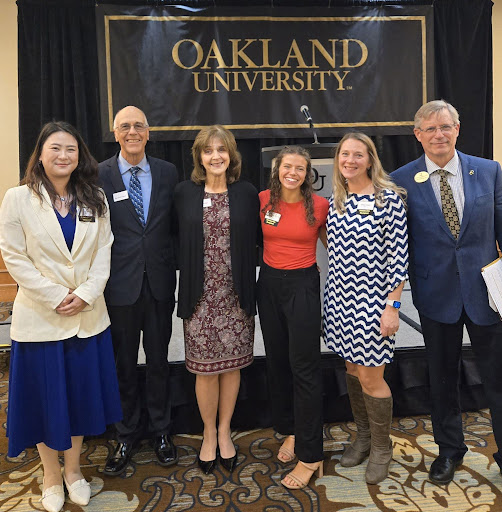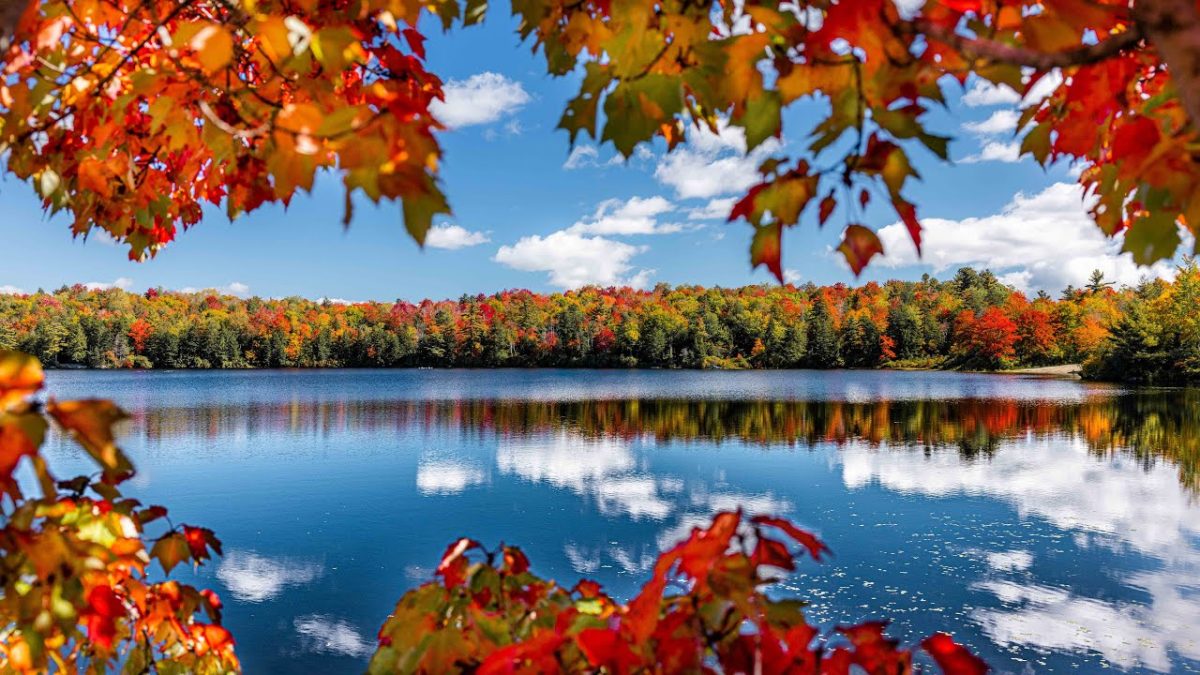For the first time in more than 30 years, the Detroit Institute of Arts is hosting a major exhibition of Native American art. Through April 5, 2026, visitors can experience “Contemporary Anishinaabe Art: A Continuation,” a remarkable collection of over 90 pieces of art by 60 Anishinaabe artists from around the Great Lakes region.
The exhibition features a diverse range of mediums including basketry, birchbark artistry, beadwork, clothing, film, graphic design, jewelry, painting, pottery, sculpture and woodwork, all reflecting the richness and resilience of Anishinaabe culture. The collection was curated with guidance from an advisory council of Ojibwe, Ottawa and Potawatomi artists, ensuring an authentic and community led perspective.
To honor the artists’ heritage, the exhibition gallery’s labels are also translated into Anishinaabemowin, an original language of the Great Lakes area. Visitors who present tribal-issued identification may enter the exhibit for free.
While many think of museums as places that preserve history, the Detroit Institute of Arts also works to showcase the present-day experiences of the Anishinaabe artists. The exhibition celebrates not only ancestral techniques but also the innovation and self-expression of today’s artists. It is an exhibition that bridges past, present and future, honoring traditions passed down through generations while embracing new artistic forms and technologies.
In tandem with the exhibition, the Detroit Institute of Arts also hosted two screenings of “Anangong Miigaading,” the Anishinaabemowin dubbed version of “Star Wars: A New Hope” complete with English subtitles. The project, also available on Disney+ Canada, represents groundbreaking work in language revitalization.
It is estimated that only a thousand fluent speakers of Anishinaabemowin remain today. By presenting a globally recognized film in the language, advocates hope to inspire renewed interest and learning among younger generations.
Long before Michigan became a U.S. state, the region was home to the Anishinaabe. In the treaty of 1807, the U.S. government forced these tribes to relinquish vast tracts of land for just two cents an acre, the equivalent of 52 cents an acre in today’s dollars.
Even today, much of Michigan’s land bears this legacy. Oakland University, for instance, sits on land that once belonged to the Anishinaabe. The university recognizes this in its Land Acknowledgement Statement on the OU website, acknowledging that the university sits on ancestral, traditional and contemporary lands of the Anishinaabe.
As part of efforts toward healing and education, several OU professors have successfully worked to establish a Native American Heritage Site on campus. The site includes a gathering area and fire pit, traditional gardens and pawpaw tree plantings, serving as a living tribute to Indigenous heritage and resilience.
More than an art show, the Detroit Institute of Arts’s new exhibition is a celebration of continuity. Each basket, painting or beadwork piece tells a story that extends across centuries, connecting ancestral craftsmanship to the creativity of today’s artists. Through its collaborative curation, language integration and cultural programming, “Contemporary Anishinaabe Art: A Continuation” reaffirms that Anishinaabe art is not confined to the past, but is vibrant, relevant and thriving.








